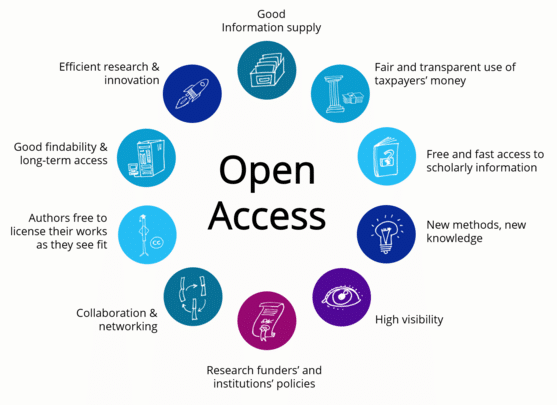AASL October Column
Column by Barbara Opar, Librarian for Architecture, Syracuse University Libraries
Towards the Public Good

Assigning a focus to each month, week or day has become a popular way of drawing attention to everything from cultural diversity (Native American Heritage Month), professions (National Teacher Appreciation Day), or even food (National Hot Dog Day). So, it should not be surprising that there is an Open Access Week to highlight the importance of this movement in the Digital Age.
Let’s begin by defining the term Open Access. Open access is a publishing model for scholarly communication which makes research information available to readers at no cost to them. The driving force behind Open Access Week is SPARC or the Scholarly Publishing and Resources Coalition. This year, SPARC has chosen to build upon last year’s focus of “Community over Commercialization.” The theme recognizes the need to prioritize approaches to open scholarship that serve the best interests of the public and the academic community. Questions raised last year include integrating artificial intelligence into commercial academic systems without community engagement or knowledge. That said, Open Access is gaining more and more support with better developed and more in- depth resources becoming available to the academic community.
This column cannot begin to introduce the reader to every type/ category of open access publication. But through the crowdsourcing done by AASL and a bit of categorization, it can serve as a guide to key resources.
Mandates: Colleges and Universities are beginning to advocate for or mandate Open Access considerations with respect to academic publishing. For instance, the University of Maryland has established: Equitable Access to Scholarly Articles Authored by University Faculty.
Resource Guides: Many colleges, universities and research organizations have created guides to highlight open-access materials. For instance, The Getty has prepared: https://getty.libguides.com/op
Archives: There are a number of archives that are valuable open access resources, some of which have been included in the August and September AASL columns. But another notable one is: Paul Rudolph Institute for Modern Architecture. The content is robust, unique and freely available to students and scholars alike. The website contains information on the life and work of Paul Rudolph as well as information on certain properties.
Specialized/focused databases: Among the many is one called Pacific Coast Architecture Database (PCAD).
PCAD contains information regarding the buildings and designers of California, Oregon and Washington. Related professionals such as landscape architects, interior designers, developers, and building contractors and their work are also included. Building records contain information about their creators (when possible) and include historical and geographic background in addition to images when available. For information on Philadelphia, Philadelphia Architects and Buildings provides maps and hosts a rich collection of linked information on past and present sites. Also, of course HABS/HAER and other LoC collections such as: Library of Congress provide more general historical content.
Archnet is an open resource focusing on the built environments of Muslim societies. Archnet is an encyclopedia that lists building sites and architect information and includes images as well.
The International Archive of Women in Architecture can be found at: https://spec.lib.vt.edu/iawa. Another resource in a similar vein is the: Beverly Willis Architecture Foundation.
Compilations: Such guides, often with extensive bibliographies, provide full-text access to resources such as architectural treatises. Of particular interest is this site: Digital Rare Books Archive.
Repositories: Beyond curated collections, many institutions maintain open access repositories of scholarships generated by their own members. This can even take the form of online lectures. Notable among these is the SCI-Arc Media Archive.
Publisher Content: Don’t forget that there’s also Open Access content on JSTOR. See: https://about.jstor.org/oaand-free/. This includes images from SAHARA. While JSTOR has been among the first to provide such access, other publishers adding such materials include Bloomsbury. For details see: https://www.bloomsbury.com/us/discover/bloomsbury-digital-resources/librarian-resources/open-access-resources-for-librarians
So, help us celebrate these Open Access materials by using them, sharing them and advocating to institutions and publishers for even more such content.

 Study Architecture
Study Architecture  ProPEL
ProPEL 